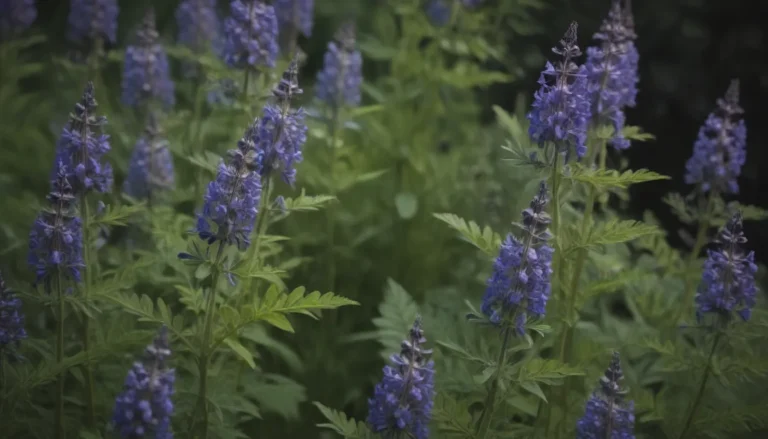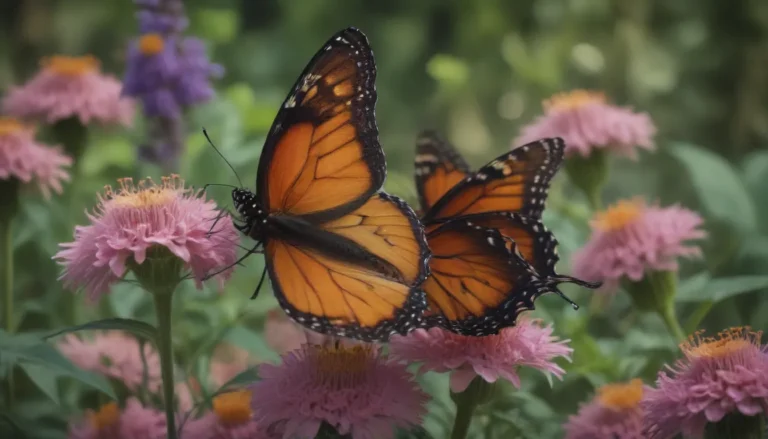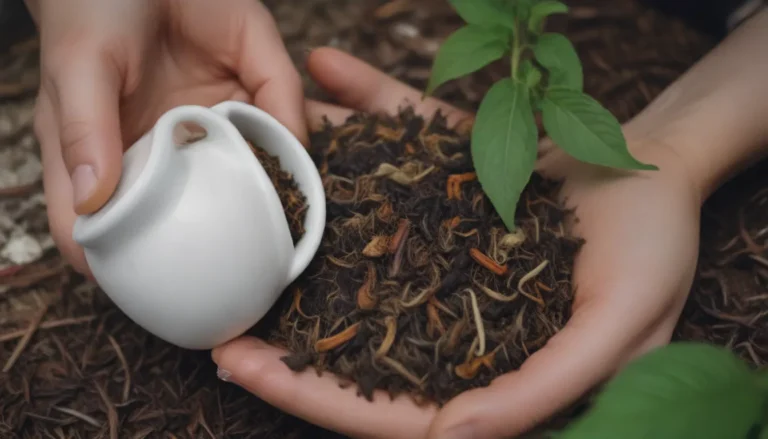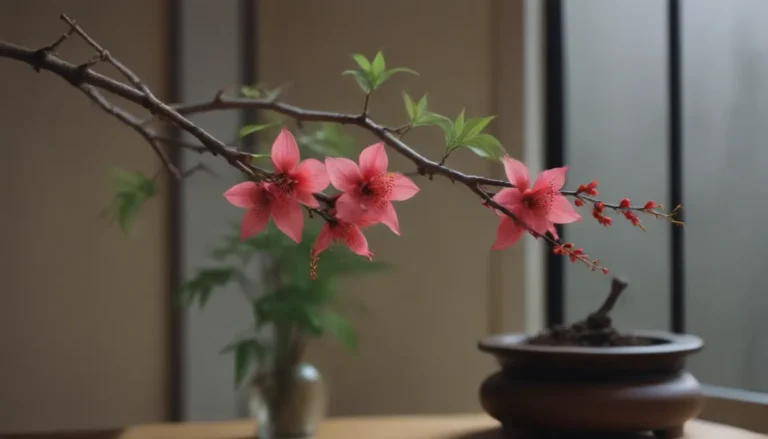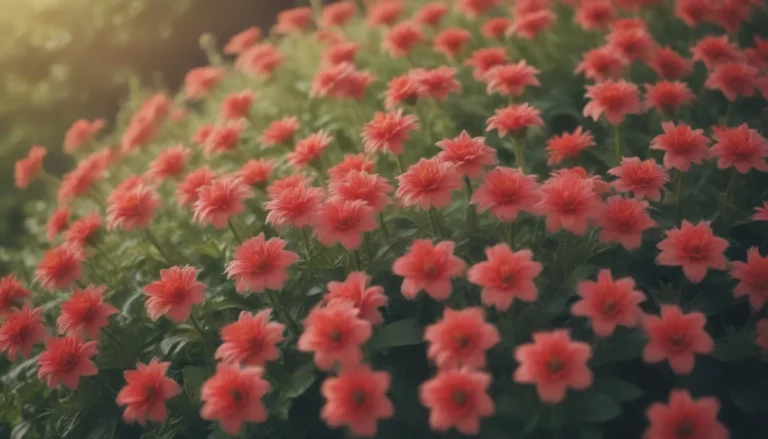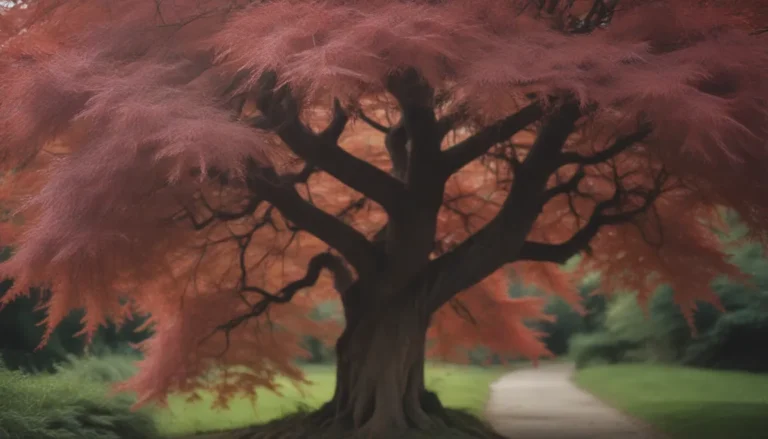Everything You Need to Know About the Rare and Beautiful Hoya Australis
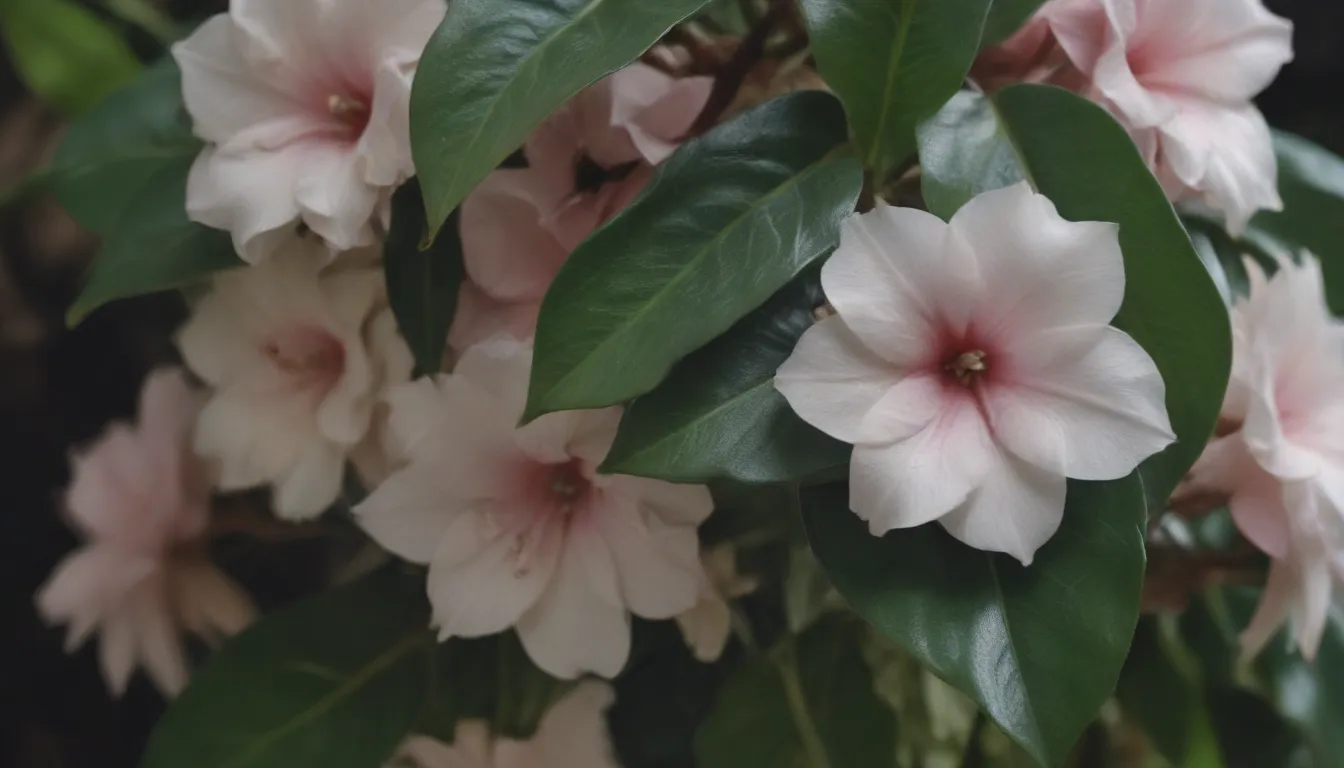
Looking to add a unique and beautiful plant to your houseplant collection? Look no further than the stunning Hoya Australis. This type of hoya plant is known for its rounded, oval-shaped leaves, long climbing vines, and fragrant white flowers. Native to Australia, this vigorous plant can make a wonderful addition to any indoor space.
Getting to Know the Hoya Australis
Light Requirements
- Hoya Australis prefers filtered or bright, indirect light.
- Avoid direct sunlight to prevent leaf burn, but make sure the plant receives enough light for new growth to take on a red tinge before maturing.
Soil Needs
- Plant Hoya Australis in a well-drained potting mix.
- You can use a special mix designed for hoyas or create your own mix by combining potting mix, perlite, and orchid bark.
Watering Tips
- Water when the soil has mostly dried out to support growth and blooms.
- Avoid letting leaves shrivel or wilt between waterings.
- Remember that cultivars or subspecies with thicker leaves may need less frequent watering.
- Cut back on watering during the winter months.
Temperature and Humidity
- Hoya Australis tolerates temperatures between 60°F and 95°F.
- Maintain humidity levels between 50 and 60 percent for optimal growth.
- The plant can adapt to drier indoor conditions with 30 to 40 percent humidity.
Fertilizing Routine
- Feed Hoya Australis with a balanced liquid houseplant fertilizer diluted to half strength during the growing season.
- Consider using a fertilizer with a higher proportion of phosphorous during blooming.
Types of Hoya Australis
- Hoya Australis ‘Lisa’
- Hoya Australis ssp. oramicola
- Hoya Australis ssp. rupicola
- Hoya Australis ssp. sanae
- Hoya Australis ssp. tenuipes
Caring for Your Hoya Australis
Pruning Tips
- Prune Hoya Australis if growth becomes unwieldy or leggy.
- Leave any flower stems on the plant and cut back dead or damaged growth as needed.
Propagating Hoya Australis
- Propagate Hoya Australis using stem cuttings in spring and summer.
- Gather the necessary materials like sterilized shears, small pots, potting mix, and clear plastic bags for successful propagation.
Potting and Repotting
- Repot Hoya Australis in the spring or summer when the plant is actively growing.
- Use a container only slightly larger than the previous pot and maintain the root ball intact during repotting.
Dealing with Pests and Diseases
- Keep an eye out for common pests like aphids, thrips, and mealybugs.
- Watch for gray spots on leaves, indicating a fungal infection known as botrytis blight.
Troubleshooting Common Problems
Yellowing Leaves
- Overwatering or lack of light can cause leaves to turn yellow.
- Check soil moisture and adjust watering frequency accordingly.
Brown Spots on Leaves
- Brown spots could indicate leaf spot due to overwatering.
- Remove affected leaves and treat with an organic fungicide.
Shriveled Leaves
- Wilted leaves signal a severe lack of water.
- Water deeply, monitor soil moisture, and establish a consistent watering schedule.
How to Encourage Blooming
- Provide bright, indirect light and consistent watering.
- Use a fertilizer high in phosphorus during the blooming period.
- Fertilize less frequently during the winter months.
Growing Tips and Tricks
- Consider providing support for Hoya Australis’s climbing vines with a trellis or stakes.
- Switch to a terra cotta pot to prevent overwatering and aid in proper drainage.
Conclusion
Hoya Australis is a beautiful and unique plant that can be a delightful addition to any indoor space. By following these care tips and tricks, you can ensure your Hoya Australis thrives and blooms beautifully. Whether you’re a seasoned plant parent or a beginner, the Hoya Australis is sure to captivate your heart with its stunning foliage and fragrant flowers. So, why not add a touch of Australia to your home with this lovely hoya plant?
